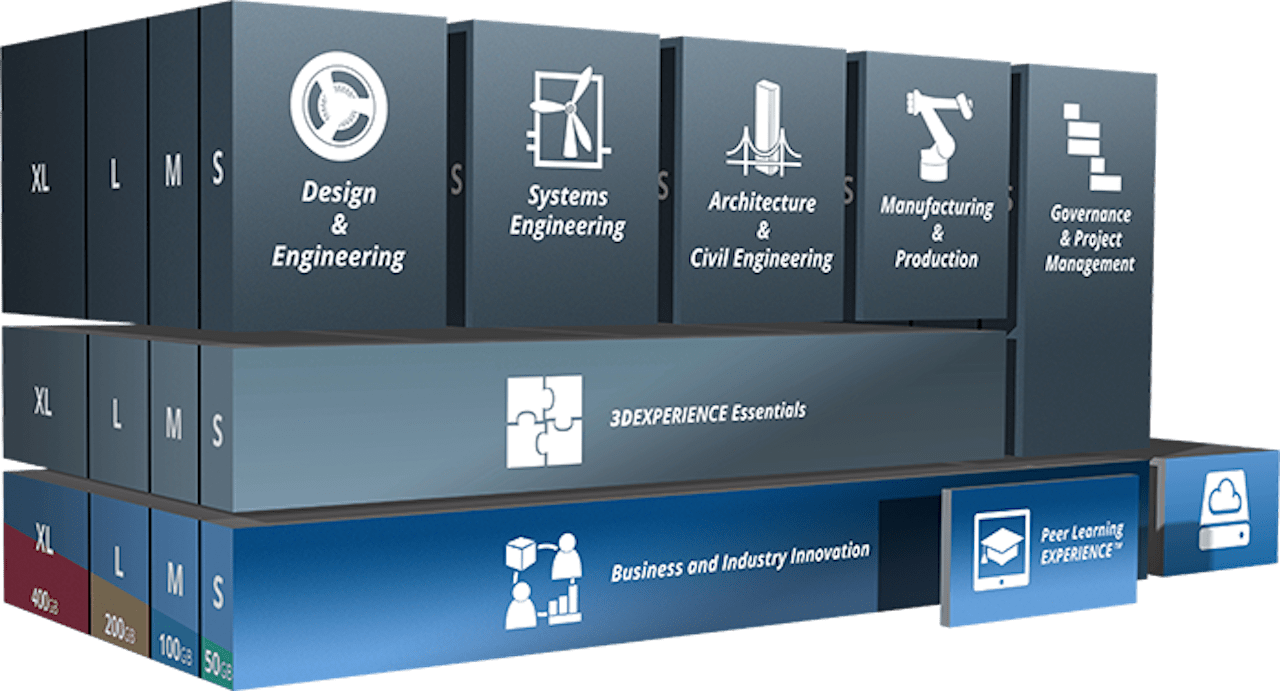
Dassault Systèmes is the well-known producer of the Solidworks family of 3D modeling tools, well used for 3D printing worldwide. They also have an innovative program for academia: 3DEXPERIENCE.
Universities and Colleges are the places where students really get deep into 3D, if that is their chosen career path. There they will be exposed to particular 3D systems and equipment that will form the foundation for their understanding of the technology for years to come and throughout their future careers.
Thus it is of critical importance for 3D vendors to have their products exposed to students at this time in their education.
For this reason many vendors offer at the least educational discounts to institutions to help ensure this happens. But others take further steps. Autodesk’s Fusion 360, that company’s flagship 3D modeling tool, for example, is offered to students – and startups – at no charge for a fully functional version. That will clearly bring much visibility to Fusion 360 and their other products.
But what is Dassault Systèmes doing for Solidworks, their foundation piece?
For years they’ve offered educational discounts and the ability for verified students to use a student version of Solidworks, but any outputs were clearly to be for personal use only, and were tagged as such.
Would Dassault Systèmes go the route of Autodesk and provide a wider capability for access to their products? No, it turns out they have an entirely different strategy.
It’s called “3DEXPERIENCE” and involves not only 3D modeling, but a number of their other related products, too.
It’s a cloud-based system, making it ridiculously easy for any institution to set it up almost instantly. The service includes:
- CATIA® for product design
- DELMIA® for digital manufacturing
- SIMULIA® for realistic simulation
- ENOVIA® for collaborative innovation
These are very powerful – and, for commercial use, extremely expensive – products that would surely expose students and academics to one of the most powerful design and manufacturing systems you can get.
And it’s not simply access to the software tools that’s important here; the cloud implementation allows participants to share projects and materials across physical boundaries. This means that academics could organize a joint project with students and teachers elsewhere. Imagine, for example, an international project where one institution does the design, and a second distant institution works on the manufacturing aspects. It’s almost like real life, and I suppose that’s what they’re trying to get at here.
Recently Dassault Systèmes announced a deal in which 900 users would have access to this platform across eight US-based institutions, so the concept above could certainly happen soon.

